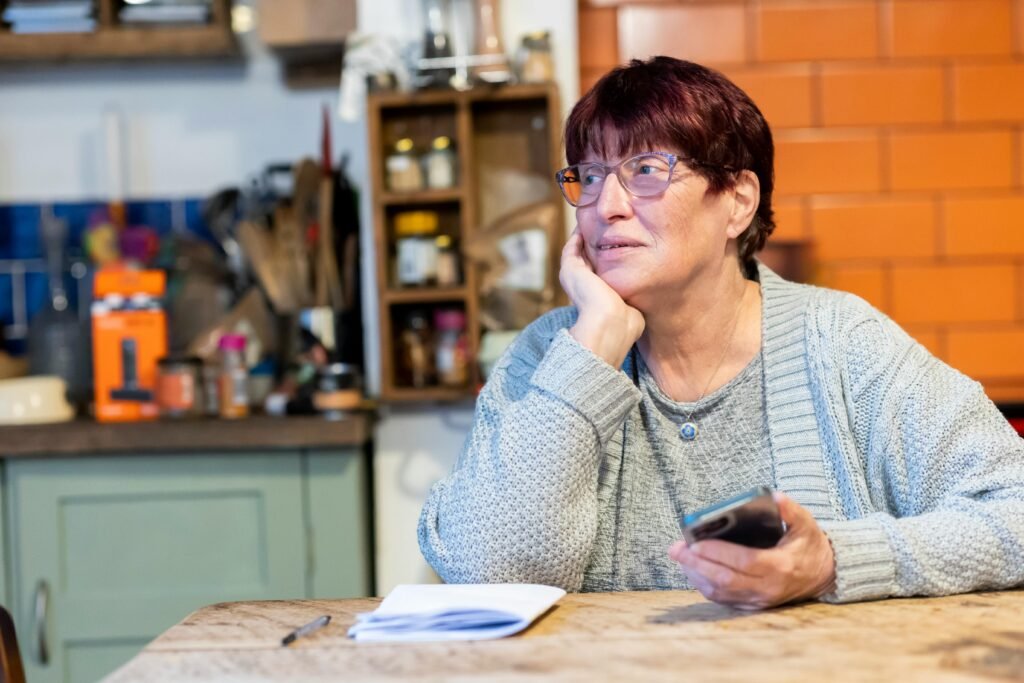One of the most common questions we hear is, “How many therapy sessions will I need to treat my lymphedema?” It’s a great question, and while the answer varies depending on individual circumstances, we’re here to provide clarity and guide you through what to expect. In this blog post, we’ll explore the factors that influence the number of therapy sessions needed for lymphedema treatment, what a typical treatment plan looks like, and how our team at Advanced Rehabilitation Services can support your recovery.
Understanding Lymphedema and Its Treatment
Lymphedema is a chronic condition characterized by swelling due to a buildup of lymph fluid, often in the arms or legs. It can result from surgery, radiation, injury, or other factors that affect the lymphatic system. At Advanced Rehabilitation Services, we use a specialized approach called Complete Decongestive Therapy (CDT), the gold standard for lymphedema management. CDT typically includes manual lymph drainage (MLD), compression therapy, exercise, and skin care, tailored to each patient’s needs.
The number of therapy sessions required depends on several factors, including the severity of your lymphedema, the stage of the condition, your overall health, and how your body responds to treatment. While it’s natural to want a definitive number, lymphedema treatment is highly individualized, and our occupational therapists work closely with you to create a plan that fits your unique situation.
Factors That Influence the Number of Sessions
- Severity and Stage of Lymphedema
Lymphedema is classified into stages, ranging from mild (Stage 1) to severe (Stage 3). Early-stage lymphedema often requires fewer sessions to manage, as the swelling is typically less pronounced and more responsive to treatment. Advanced stages, where swelling is more significant or tissue changes have occurred, may require a more intensive and prolonged treatment plan. For example, someone with mild swelling might see results in fewer sessions, while severe cases may need ongoing management. - Treatment Goals
Your goals play a big role in determining the number of sessions. Are you aiming to reduce swelling, prevent complications, or maintain long-term control of your symptoms? Initial treatment often focuses on reducing swelling (the intensive phase), followed by a maintenance phase to keep symptoms under control. The intensive phase might require multiple sessions per week for a few weeks, while maintenance may involve less frequent visits. - Individual Response to Therapy
Everyone’s body responds differently to CDT. Factors like your overall health, adherence to home exercises, and consistency with compression garments can influence how quickly you see results. Our therapists at Advanced Rehabilitation Services monitor your progress closely, adjusting your plan as needed to ensure optimal outcomes. - Lifestyle and Self-Management
Lymphedema treatment isn’t just about what happens in the clinic—it also involves self-care at home. Following your therapist’s recommendations, such as wearing compression garments, performing prescribed exercises, and practicing proper skin care, can reduce the number of sessions needed by supporting your progress outside of therapy.
What Does a Typical Treatment Plan Look Like?
While every plan is personalized, a typical lymphedema treatment program at Advanced Rehabilitation Services follows two phases:
- Intensive Phase: This phase focuses on reducing swelling and typically involves 2–5 sessions per week for 2–6 weeks, depending on the severity of your condition. Each session may last 45–60 minutes and includes manual lymph drainage, compression bandaging, and education on self-care techniques. For mild cases, this phase may be shorter, while more complex cases may require additional time.
- Maintenance Phase: Once swelling is reduced, the focus shifts to maintaining your progress. This phase often involves fewer sessions—perhaps once a week or even once a month—combined with a home program. Your therapist will teach you how to manage your lymphedema independently, using tools like compression garments and self-MLD techniques.
On average, many patients see significant improvement within 10–20 sessions during the intensive phase, but this can vary. Regular follow-ups help ensure long-term success and allow us to adjust your plan if new challenges arise.
Why Choose Advanced Rehabilitation Services?
At Advanced Rehabilitation Services, our certified lymphedema therapists are dedicated to helping you achieve the best possible outcomes. We take a compassionate, patient-centered approach, working with you to create a treatment plan that fits your lifestyle and goals. Our team stays up-to-date on the latest lymphedema management techniques, ensuring you receive evidence-based care tailored to your needs.
Take the First Step Toward Managing Your Lymphedema
If you’re wondering how many therapy sessions you’ll need to treat your lymphedema, the answer depends on your unique situation—but you don’t have to navigate it alone. At Advanced Rehabilitation Services in Morris County, Parsippany, New Jersey, we’re here to answer your questions, assess your condition, and create a personalized plan to help you manage your symptoms and improve your quality of life. Contact us today to schedule a consultation and start your journey toward effective lymphedema management. Let’s work together to find the right path for you!

